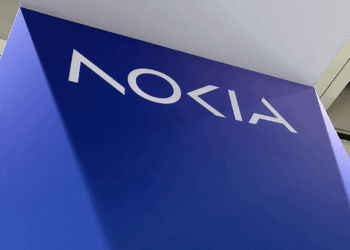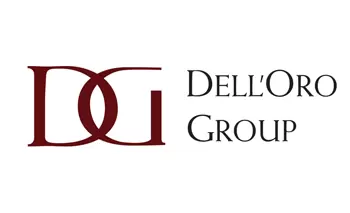Citing a sharp decline in sales in North America, Ericsson reported Q2 revenue SEK 64.4 billion (US$6.286 billion), down 9% compared to a year earlier. Segment Networks sales declined by -13%, while segment Enterprise sales grew by 20%.
Gross income excluding restructuring charges decreased to SEK 24.7 (26.3) b. as a result of lower sales and margins in Networks. Gross income increased in Enterprise, mainly driven by the consolidation of Vonage. Reported gross income was SEK 24.1 (26.3) b. Gross margin excluding restructuring charges was 38.3% (42.2%) primarily impacted by changed business mix in Networks. Reported gross margin was 37.4% (42.1%).
A summary of commentary provided by Börje Ekholm, President and CEO of Ericsson, in the Q2 investor brief:
- Q2 performance was in line with expectations despite market changes and macro uncertainty.
- Networks had a gross margin of over 39% with strong execution in India, offsetting softening in other markets.
- Cloud Software and Services are on track for at least break-even EBITA for the full year 2023.
- Enterprise saw strong growth in Enterprise Wireless Solutions and positive EBITA in the Global Communications Platform business.
- Another 5G licensing agreement was secured with a device vendor, strengthening the IPR portfolio.
- Plans to reduce annual run rate by at least SEK 11 billion by year-end to positively impact the P&L.
- Free cash flow before M&A was SEK -5.0 billion primarily due to lower EBIT and increased working capital.
- The focus remains on bolstering leadership in mobile networks, growing the enterprise business, and driving cultural transformation.
- Ericsson's market-leading position in mobile networks enables expansion into the enterprise segment through 5G capabilities and network APIs.
- Ethical and compliance programs have been enhanced, and testing ensures effectiveness across the company.
- Q3 is expected to have a similar market mix as Q2, with the EBITA margin in line with or slightly higher than Q2.
- Continued rapid data traffic growth, 5G subscriptions, and migration to 5G standalone drive investments and market recovery.
- Average smartphone usage is expected to exceed 20 GB/month in 2023 with strong growth.
- 240 operators have launched 5G, bringing new revenue growth with pricing model innovation.
- 5G subscriptions are expected to top 1.5 billion by end-2023 and reach 4.6 billion by 2028.
- Fixed Wireless Access (FWA) also grows quickly, driving further traffic growth.
- An estimated 75% of all base station sites outside China are not yet updated with 5G mid-band, and migration to 5G standalone will continue in order to deliver on 5G’s full potential.
https://www.ericsson.com/en/press-releases/2023/7/ericsson-reports-second-quarter-2023













